Subscribe to receive the latest blog posts to your inbox every week.
By subscribing you agree to with our Privacy Policy.
In today’s digital-first world, fraud prevention is a critical pillar of secure online payments. Whether it’s an unauthorized charge or a phishing scam, most of us have either experienced or heard of fraud in both physical and digital settings.
Unfortunately, fraudsters continue to evolve, making the fight against financial fraud an ongoing challenge. However, advancements in payment security tools—like 3-D Secure—are helping turn the tide in favor of consumers and businesses.
3-D Secure (3DS) is a fraud prevention protocol that adds an extra layer of authentication for online card transactions. Leading card networks such as Visa and Mastercard offer this service under the names Verified by Visa and Mastercard SecureCode, respectively.
This “three-domain” model facilitates secure data exchange among:
The Issuing Bank
The Acquiring Bank
The Payment Gateway (which connects both the issuer and acquirer)
Here’s a simplified breakdown of how 3-D Secure enhances online transaction security:
The cardholder initiates an online payment by entering their card details.
The payment provider checks whether the card is enrolled in 3-D Secure.
If enrolled, the user is redirected to a 3-D Secure verification page.
The cardholder receives an OTP or is prompted for biometric authentication.
The verification result is sent back to the payment provider.
The payment request is passed to the acquiring bank.
The acquiring bank authorizes or declines the transaction and updates the customer.
This layered authentication reduces the chances of unauthorized usage, making transactions more secure.
3-D Secure 2.0 (3DS2) is the upgraded version of the original 1.0 protocol and is built to improve both security and user experience. Unlike 1.0, which relied on static passwords, 3DS2 supports dynamic authentication methods like biometrics and real-time risk analysis.
With access to over 120 data points, 3DS2 can:
Identify low-risk transactions that require no additional input.
Trigger step-up authentication (like fingerprint or OTP) for high-risk transactions.
The 3DS2 protocol significantly enhances the payment experience while keeping security intact. Key benefits include:
Improved User Experience: Fewer interruptions and smoother checkout flows
Higher Conversion Rates: Reduced cart abandonment due to seamless authentication
Increased Online Transactions: More users trust and complete their payments
Multi-Device Compatibility: Works across mobile, tablet, and desktop
With the rising adoption of digital payments, customers expect not only convenience but also robust security. 3-D Secure 2.0 addresses this need by making online transactions safer, smoother, and more efficient—without compromising the user experience.
At CARD91, we help fintechs, banks, and businesses integrate cutting-edge security protocols like 3-DS 2.0 seamlessly into their payment infrastructure. Our full-stack issuance and transaction management platform is built to ensure that security and user experience go hand-in-hand.
Secure your transactions the smart way—with CARD91.
To know more about our offerings connect with our experts




Sales: sales@card91.io
HR: careers@card91.io
Media: comms@card91.io
Support: support@card91.io